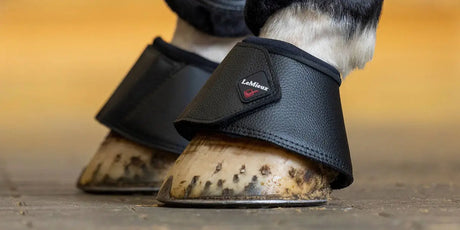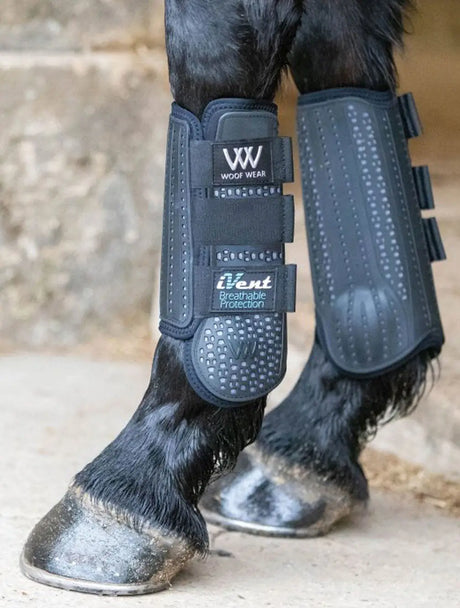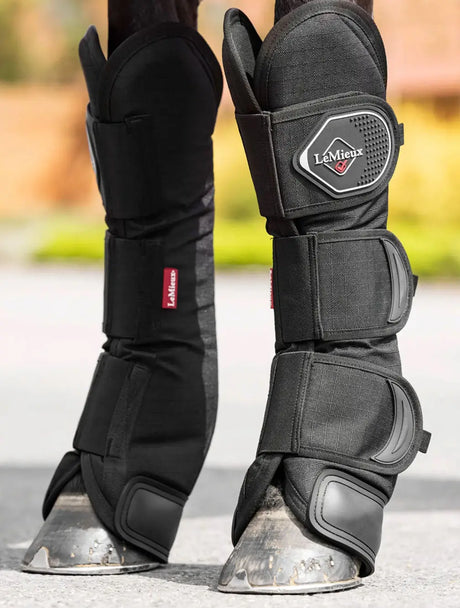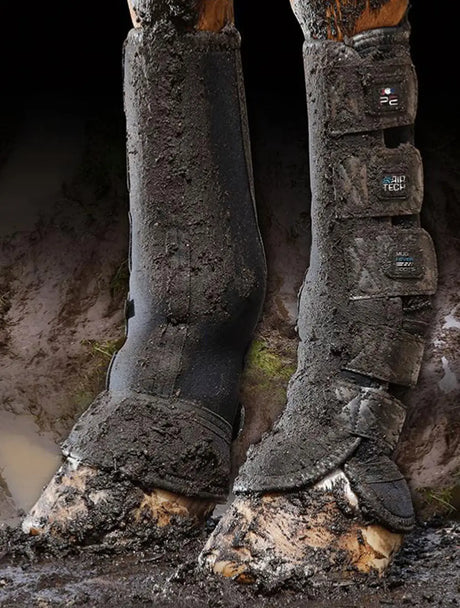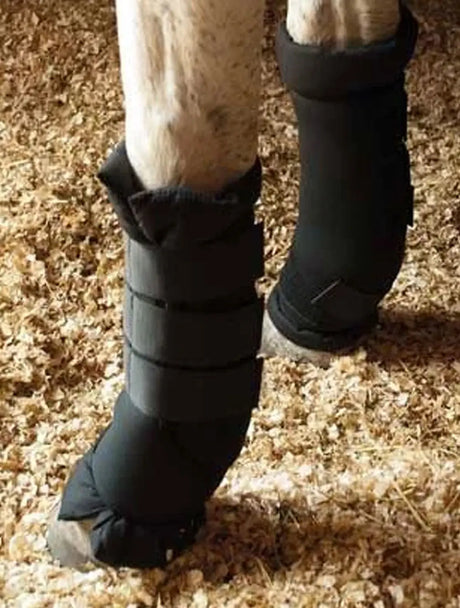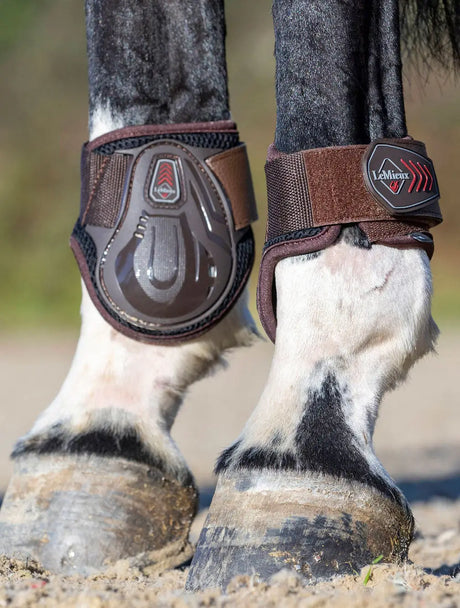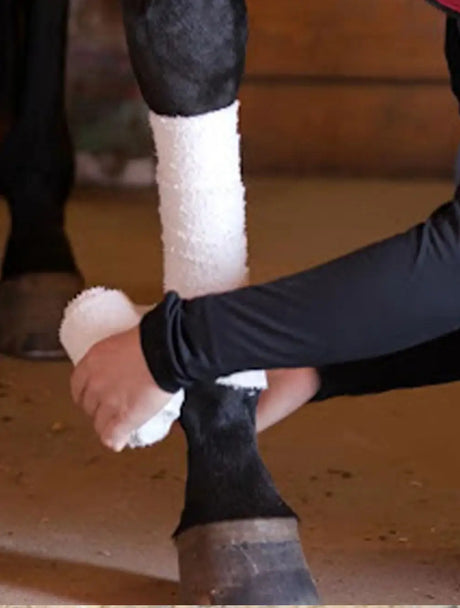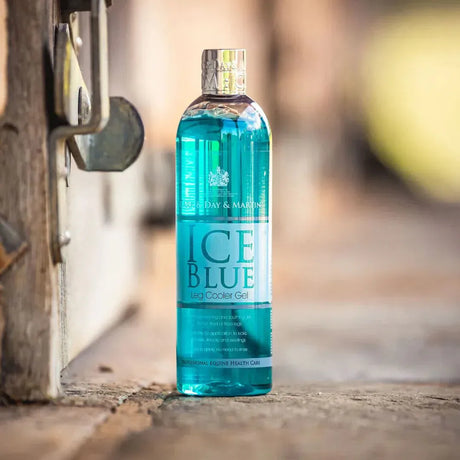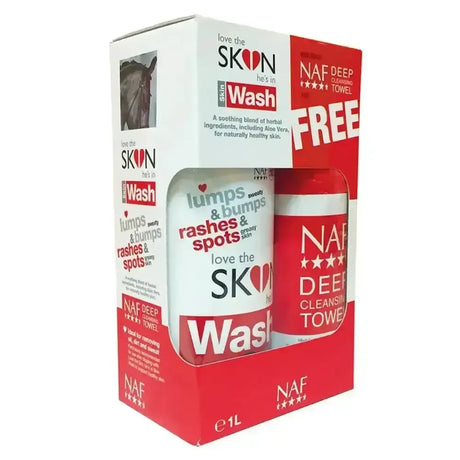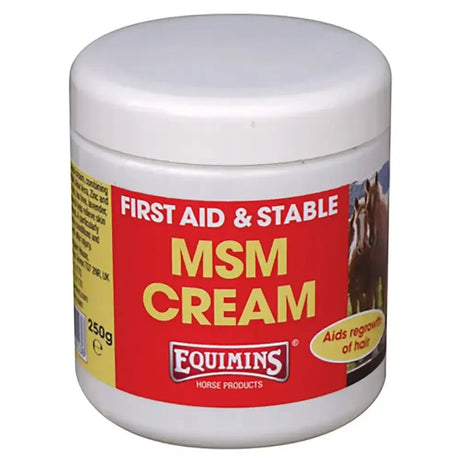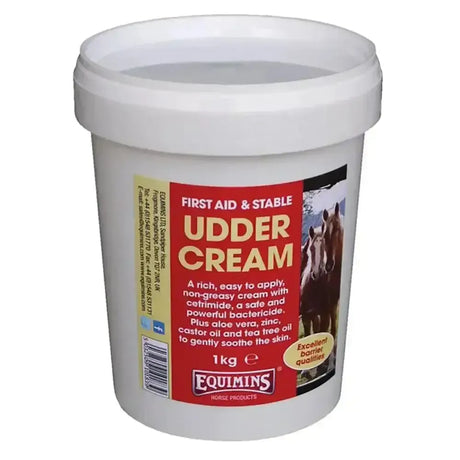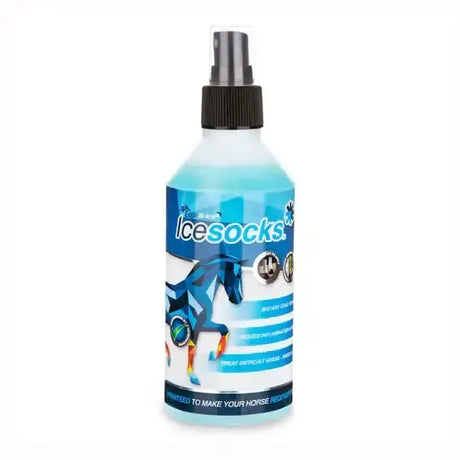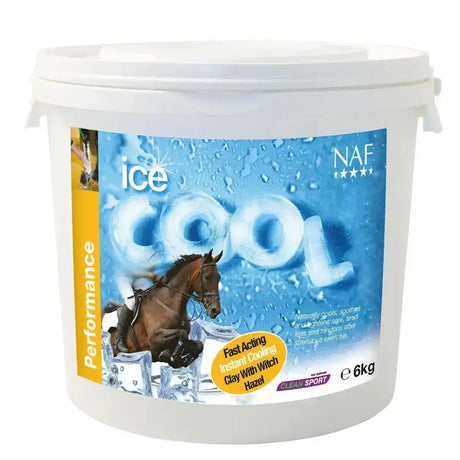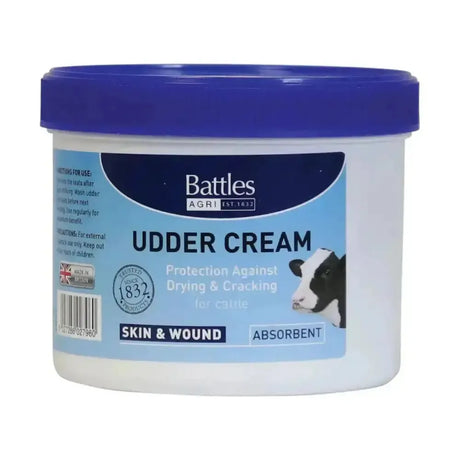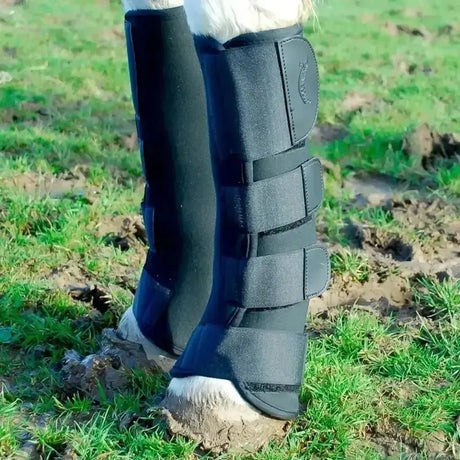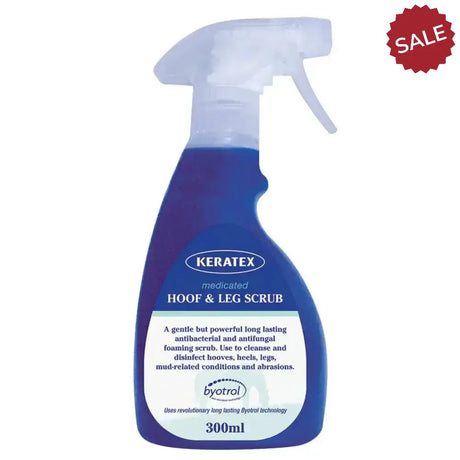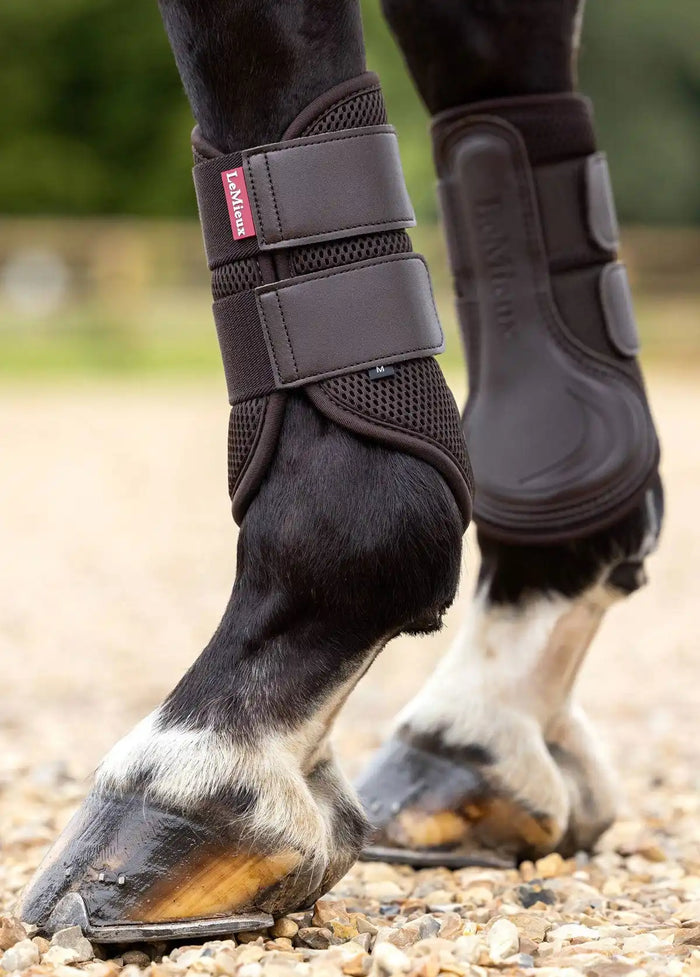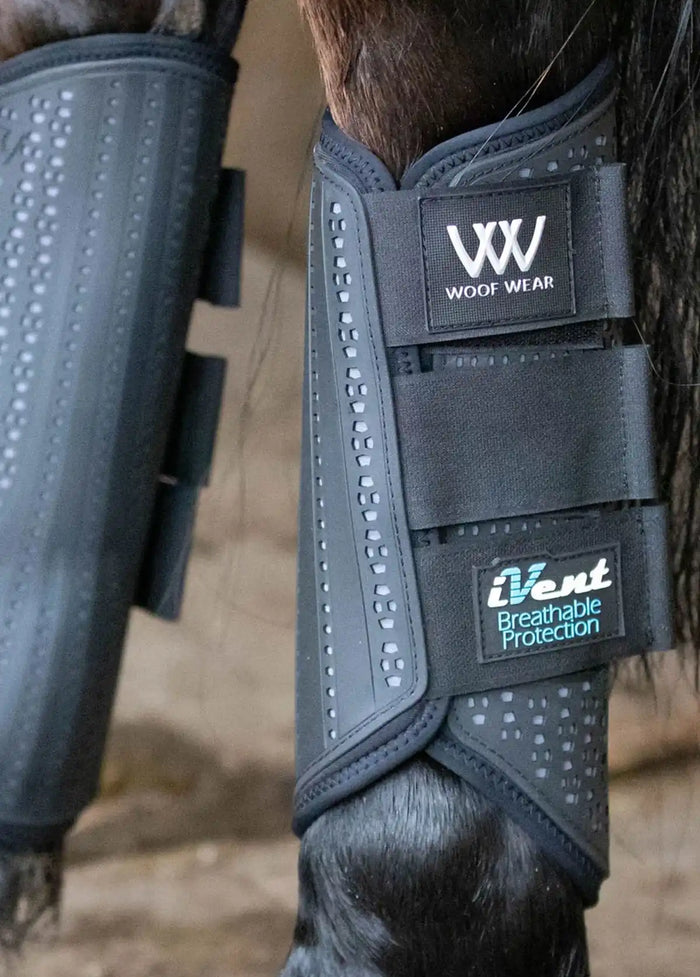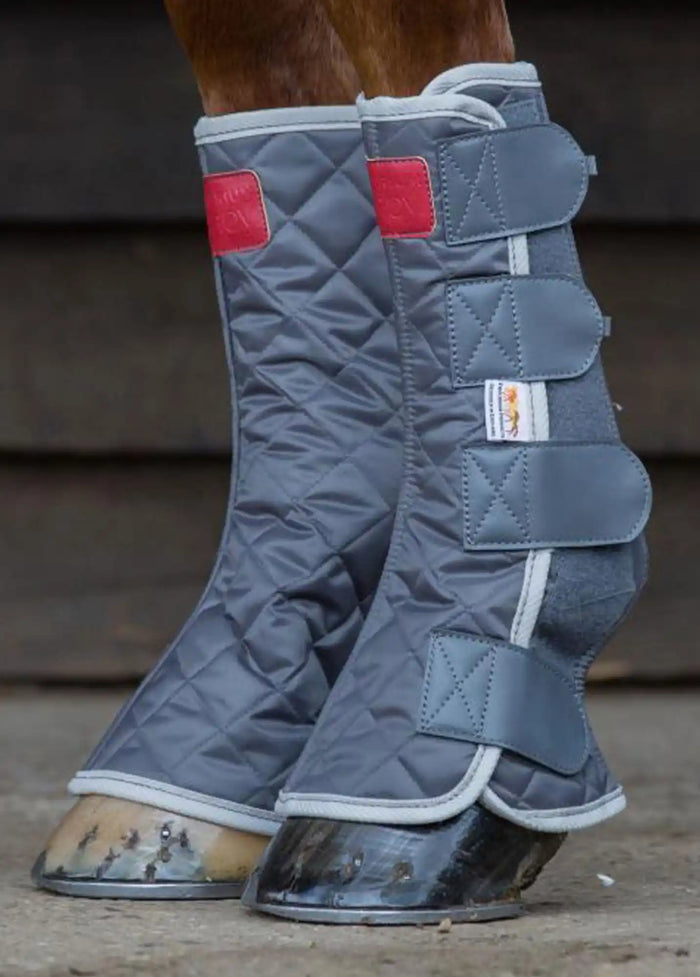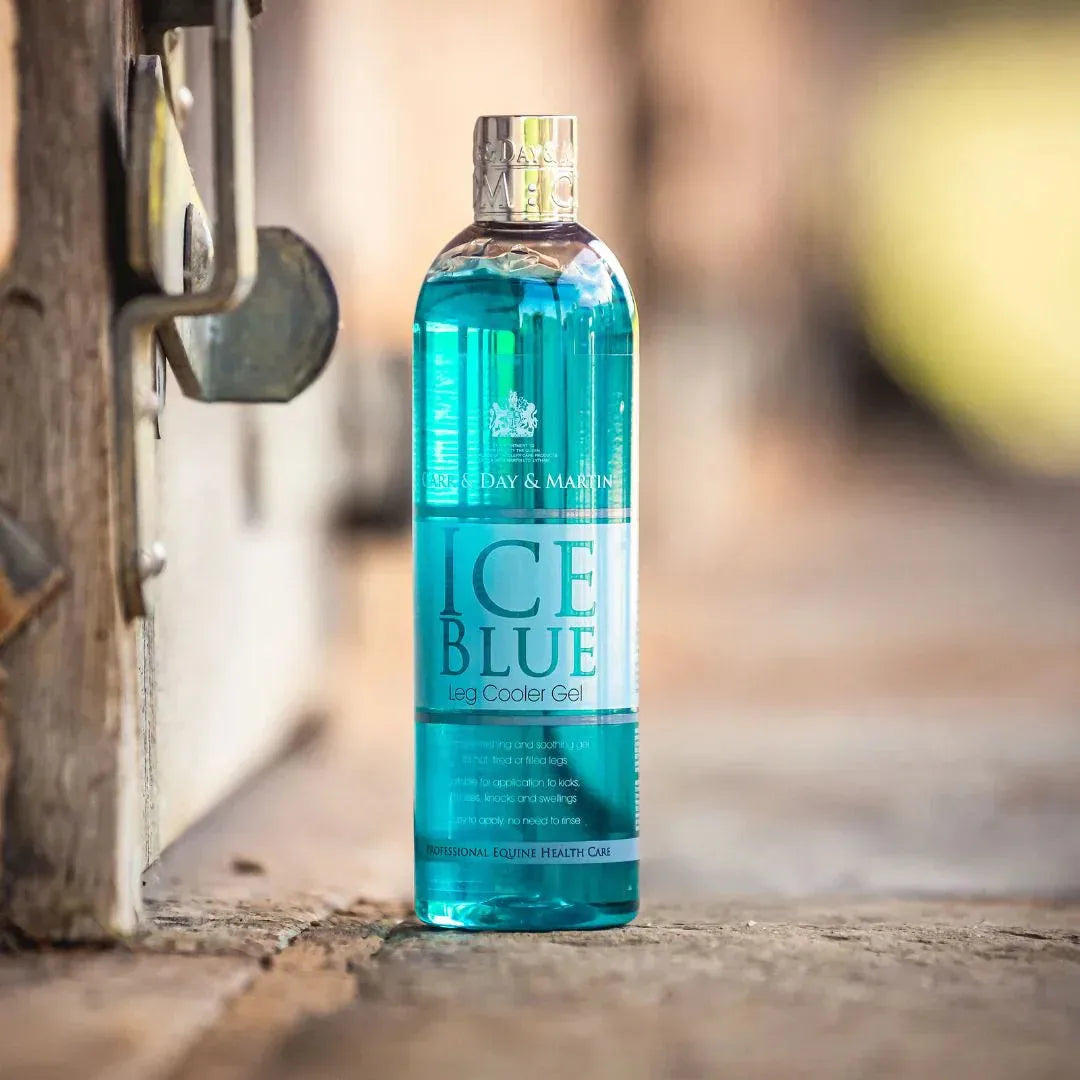Horse Leg Protection
Shop our full range-
Barrier Heel to Hoof Soothing Cream
From £15.25£16.93Save OnlineUnit price /Unavailable -
NAF Love the Skin Hes In Skin Wash
From £24.29£24.99Save OnlineUnit price /Unavailable -
NAF Mud Gard Supplement Against Mud Fever
£37.11Unit price /Unavailable -
Aqueos Anti-Bacterial Horse Shampoo
From £10.98Unit price /Unavailable -
£56.95
£59.95Save OnlineUnit price /Unavailable -
£8.93
£9.00Save OnlineUnit price /Unavailable -
-
Equi-N-Ice Coolant Spray 250ml
£8.41£8.99Save OnlineUnit price /Unavailable -
Equi-N-Ice Cooling Bandages Reusable
£8.70£9.95Save OnlineUnit price /Unavailable -
£28.87
£35.71Save OnlineUnit price /Unavailable -
From £29.23Unit price /Unavailable
-
-
From £8.16
£9.99Save OnlineUnit price /Unavailable -
Rhinegold Breathable Neoprene Turnout Boots
From £26.35£30.50Save OnlineUnit price /Unavailable -
£9.10Unit price /Unavailable
-
Keratex Cleansing Hoof and Leg Scrub
£9.59£12.28Save OnlineUnit price /Unavailable -
Equine America Fungatrol Plus Cream Muddy Miracle
£30.18£31.50Save OnlineUnit price /Unavailable -
NAF Love the Skin Mud Guard Barrier Cream
£25.18£25.99Save OnlineUnit price /Unavailable

